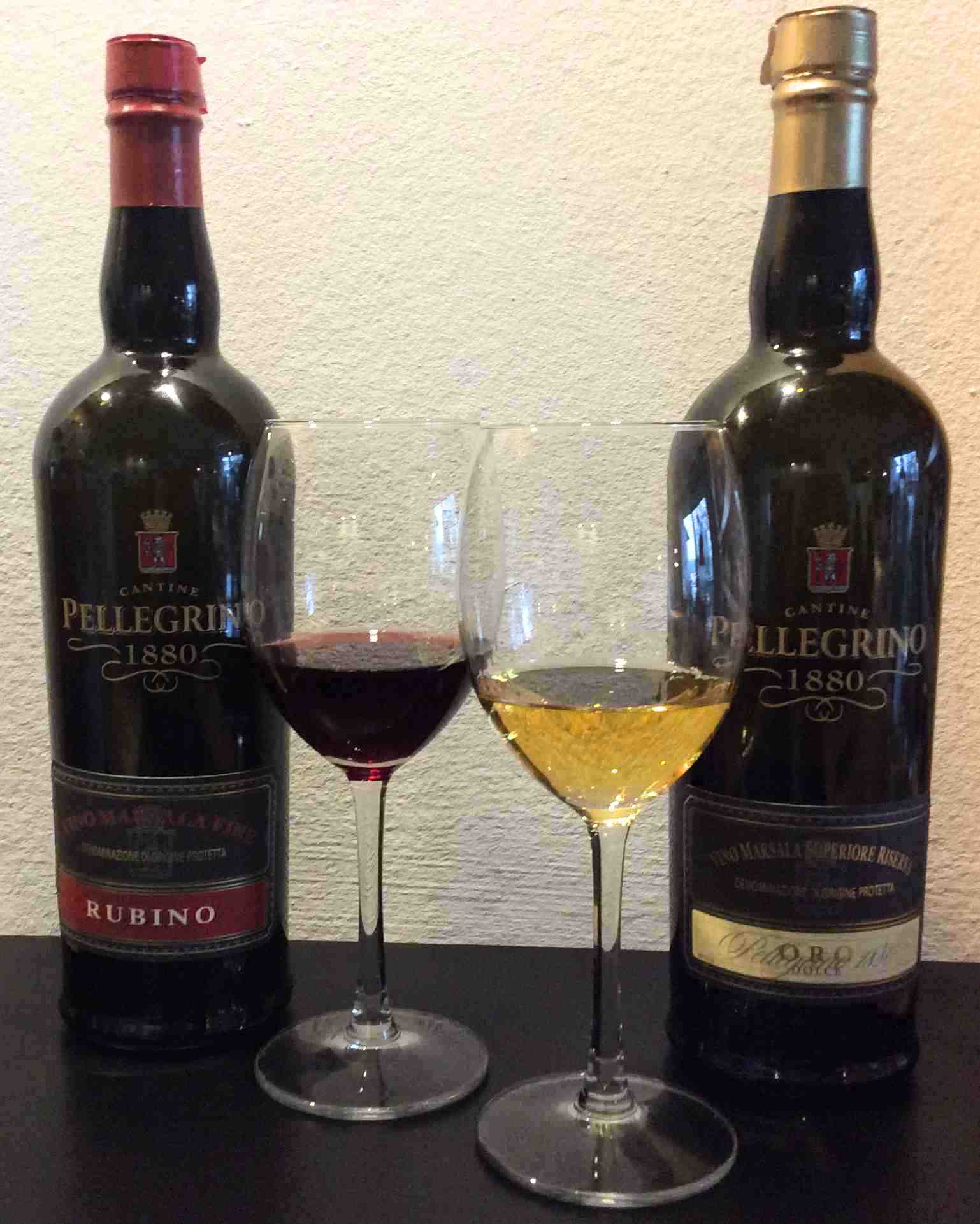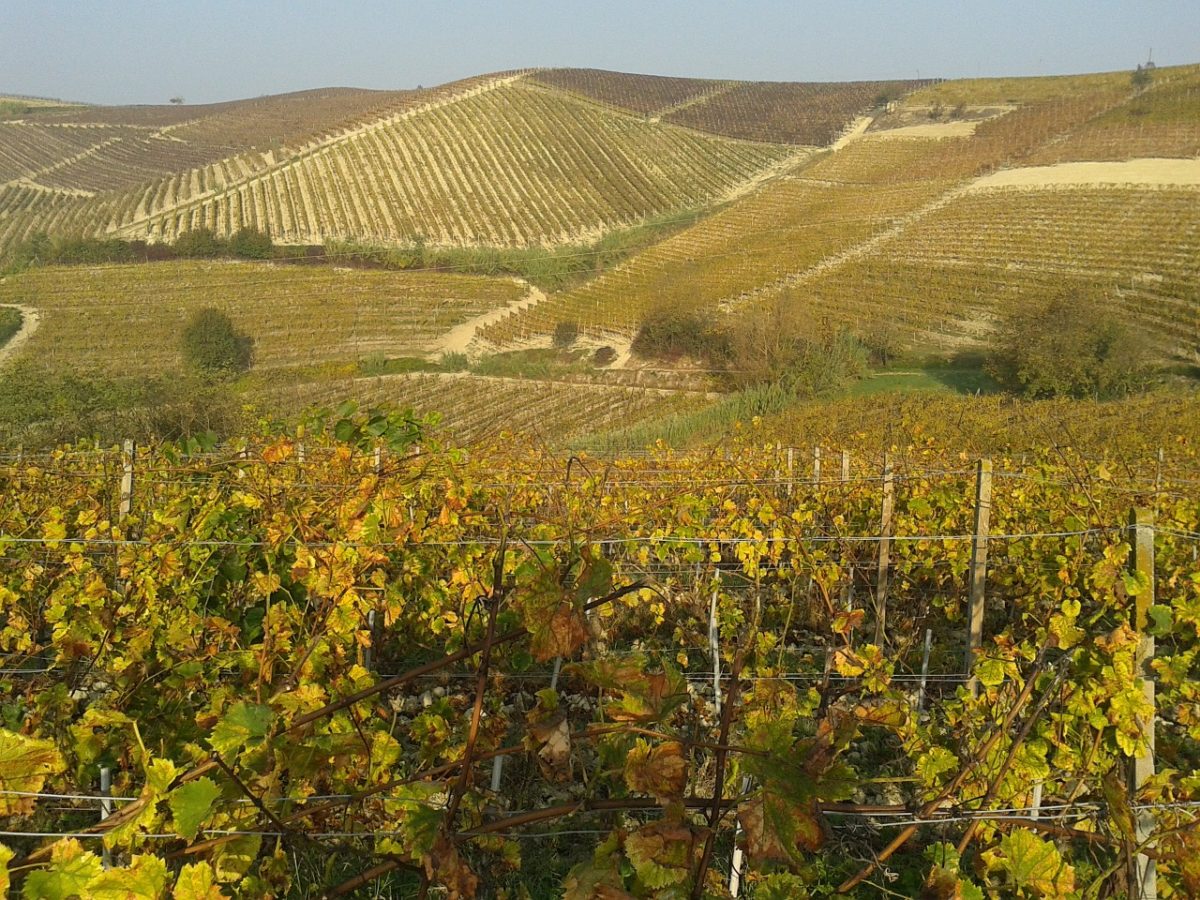
Since 2010 the Ruché di Castagnole Monferrato has a separate DOCG (Denominazione di Origine Controllata e Garantita) although the grape variety, so to speak, was rediscoveredonly in the 1970s in Piedmont. Its then discoverer, Father Don Giacomo Cauda, was so taken with the quality, body, aromas, flavors and aromas of the wines of his ten rows of ruché vines that he not only cultivated more of this variety, but even to inspire winemaker to increase plantings of it. Already in 1987 there was the DOC status, which at that time as well as today and also in case of the DOCG
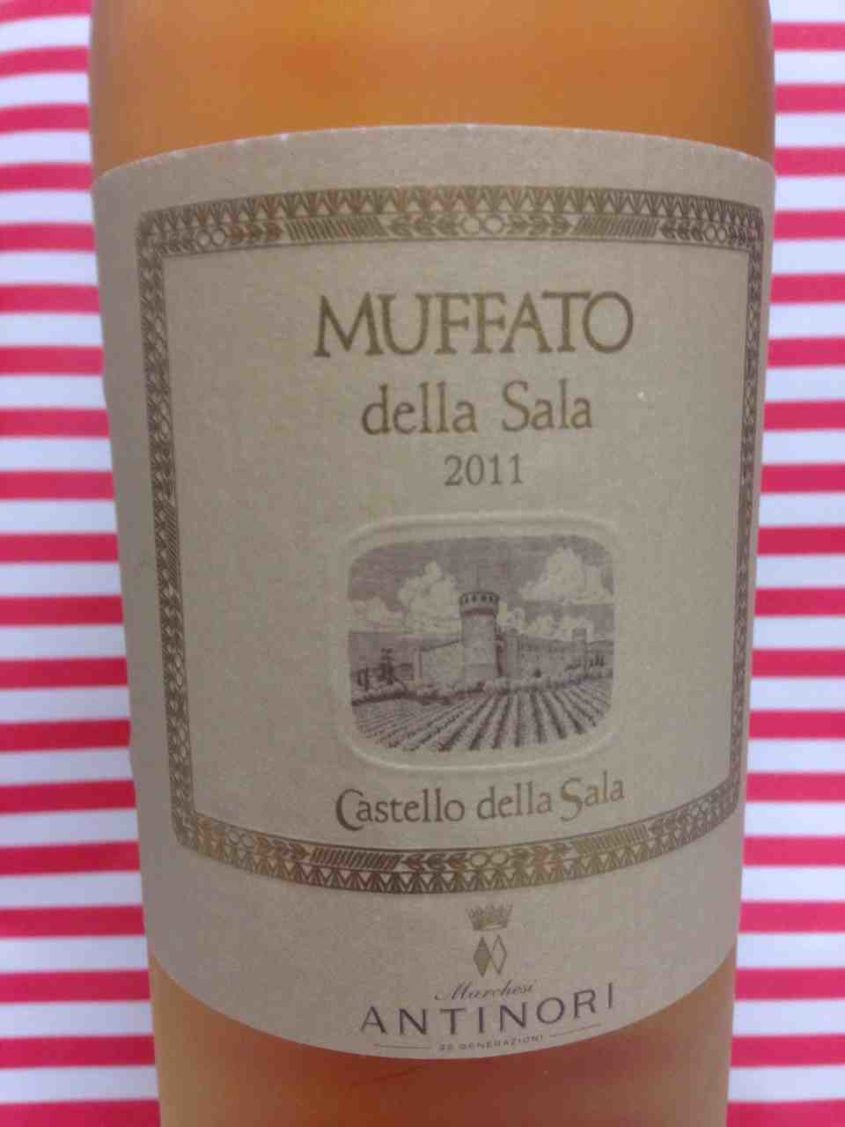 At our Italian evening Hans and I agreed in the judgment of the Muffato della Sala 2011 by Castello della Sala: In the nose like Sauternes, on the palate somehow stronger, the sweetness a bit too noticeable, there are some similarities with Passito, nevertheless no Passito – in short one very good, original Italian sweet wine.
At our Italian evening Hans and I agreed in the judgment of the Muffato della Sala 2011 by Castello della Sala: In the nose like Sauternes, on the palate somehow stronger, the sweetness a bit too noticeable, there are some similarities with Passito, nevertheless no Passito – in short one very good, original Italian sweet wine.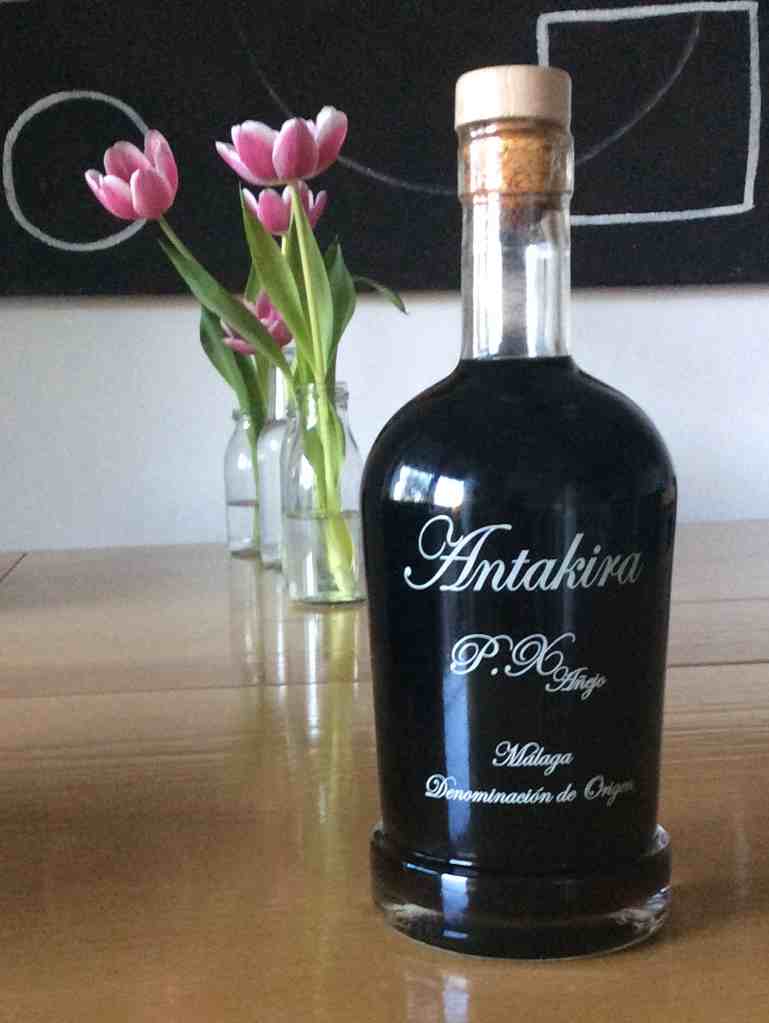
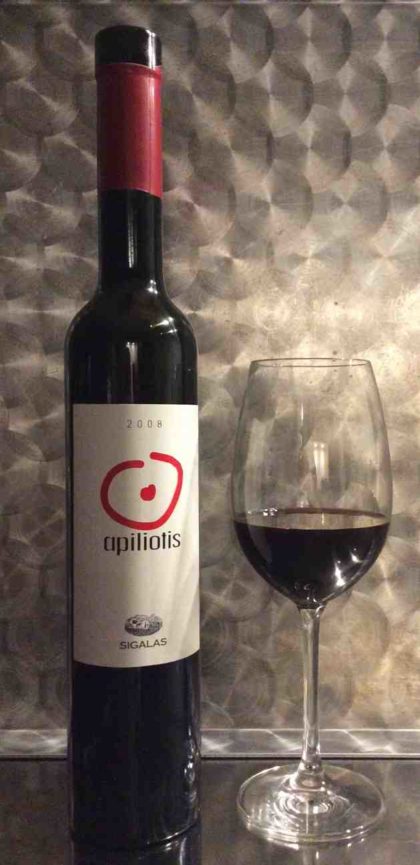
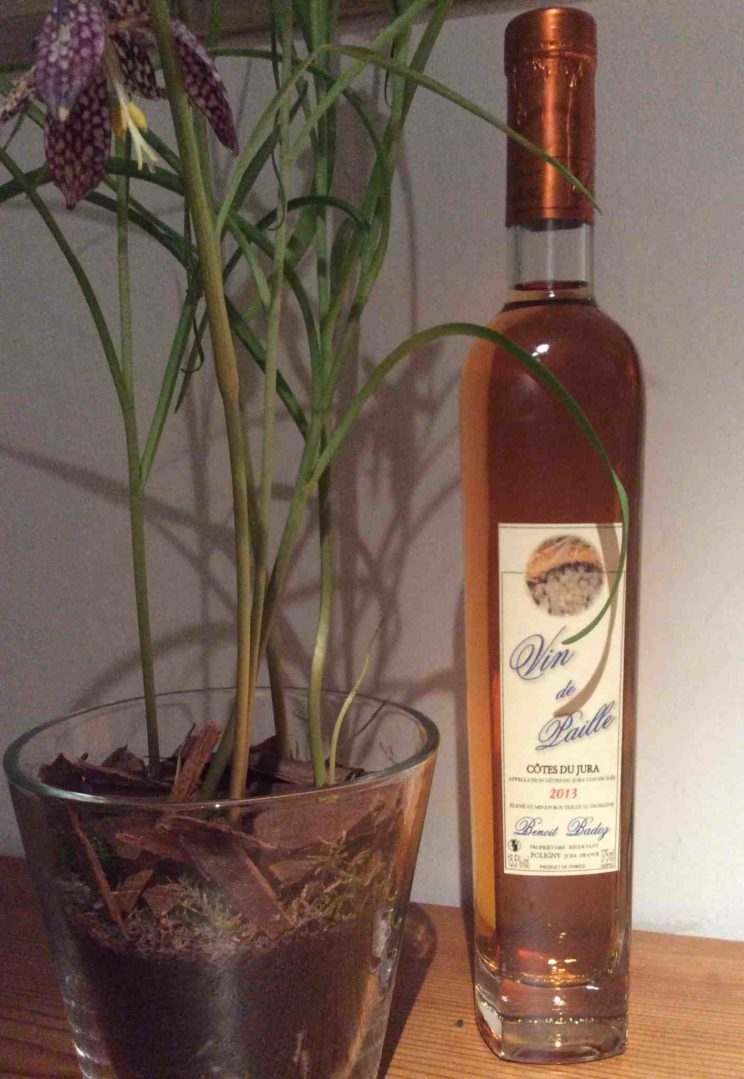
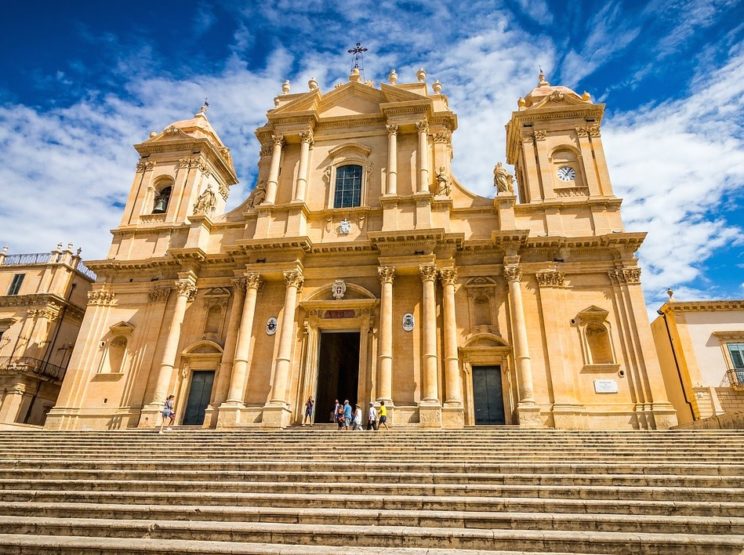
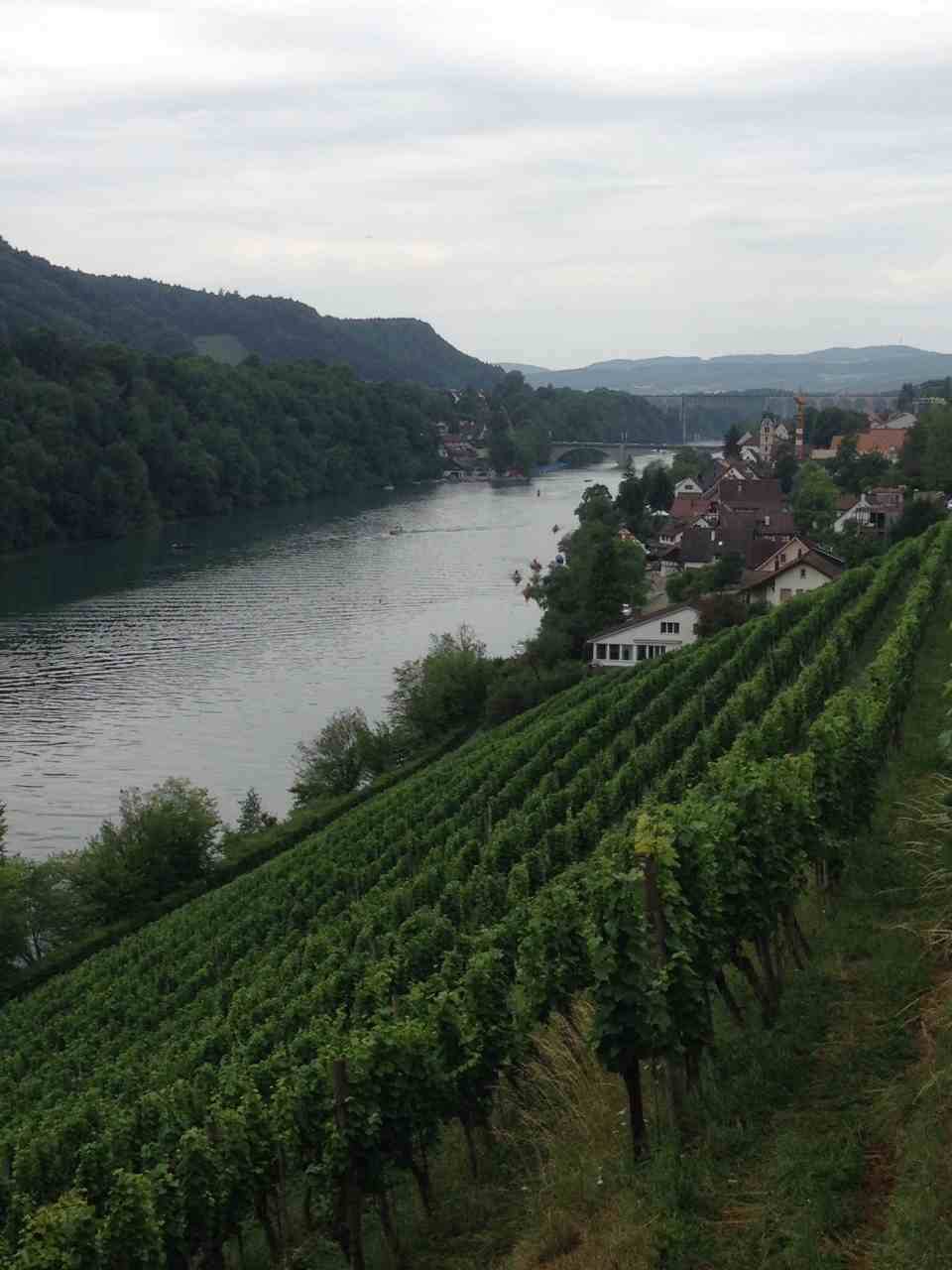 From Ticino to Aargau our Swiss wine tour led us this year in June. We also got to know the Räuschling, an indigenous Swiss grape variety, of which only 25 hectares are cultivated worldwide, 18 hectares of which at Lake Zurich. The parents of the grape variety are the grape varieties White Heunisch, also known as Gouais Blanc or Gwäss as well as the vine named in the Jura Savagnin Blanc and in Switzerland Heida. Gouais Blanc, which is also a direct ancestor of Riesling, seems to provide for the very strong acid and therefore predestined this grape variety as very good for sweet …
From Ticino to Aargau our Swiss wine tour led us this year in June. We also got to know the Räuschling, an indigenous Swiss grape variety, of which only 25 hectares are cultivated worldwide, 18 hectares of which at Lake Zurich. The parents of the grape variety are the grape varieties White Heunisch, also known as Gouais Blanc or Gwäss as well as the vine named in the Jura Savagnin Blanc and in Switzerland Heida. Gouais Blanc, which is also a direct ancestor of Riesling, seems to provide for the very strong acid and therefore predestined this grape variety as very good for sweet … 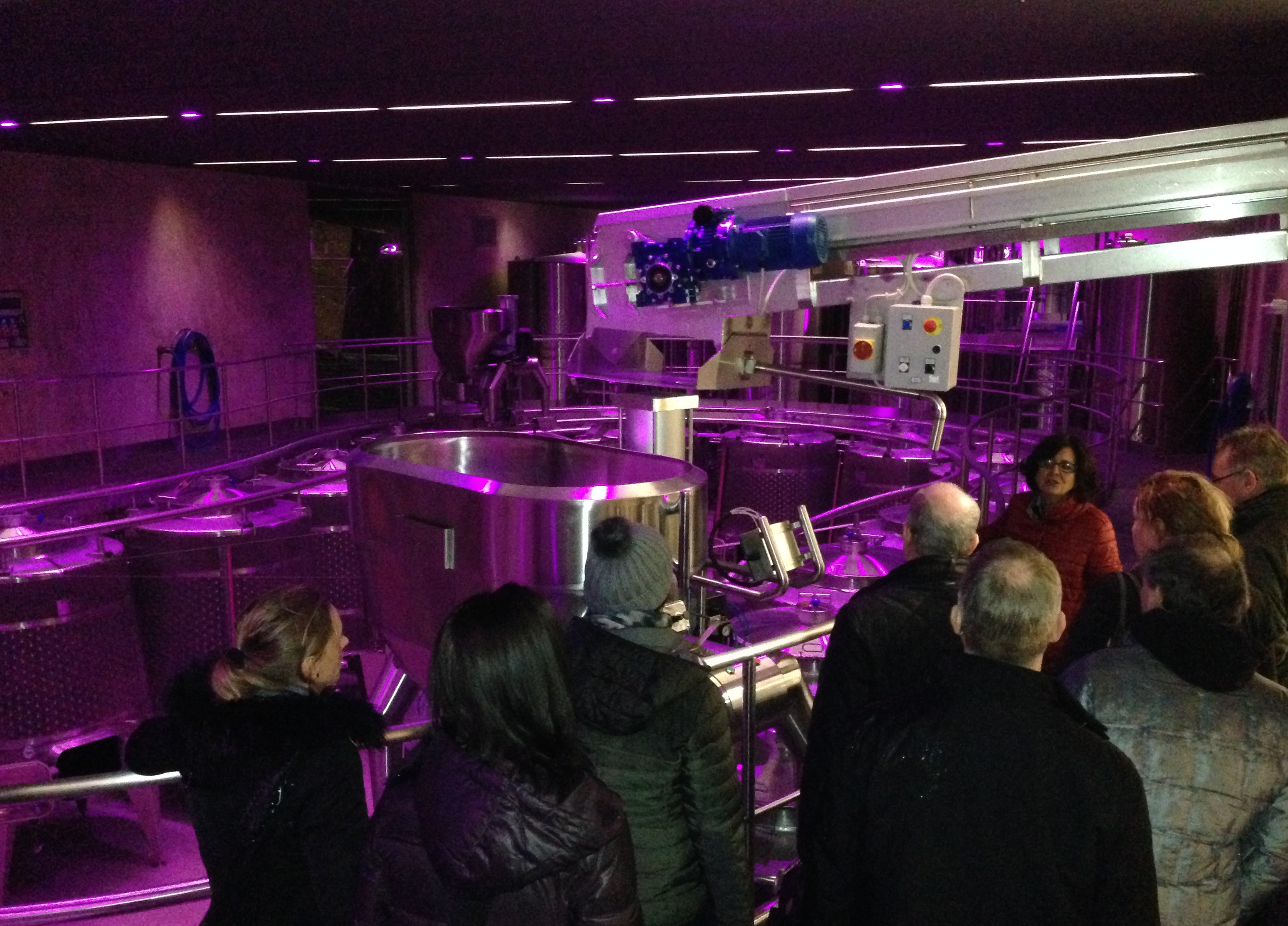
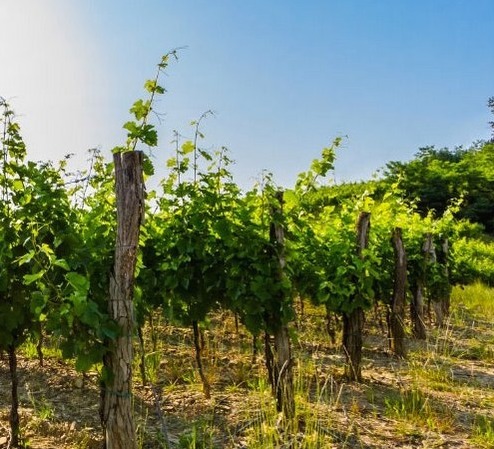 The Consorzio Friuli Venezia Giulia Via dei Sapori had invited to trie Friulan products from the kitchen and the cellar. On 13 February this year, seven restaurateurs, twenty winegrowers and eleven delicatessen producers presented local specialties from the Friuli Venezia Giulia region in Munich. An excellent opportunity to introduce the outstanding products, the excellent, innovative and at the same time traditional cuisine as well as the variety of the very good Friulian wines to a wider audience. The offer, such as San Daniele ham, matured Montasio cheese, zabaione ice cream, sepia tagliatelle with young artichokes or pumpkin flan with cod and freshly passed tomatoes showed that the Friulan cuisine, coined …
The Consorzio Friuli Venezia Giulia Via dei Sapori had invited to trie Friulan products from the kitchen and the cellar. On 13 February this year, seven restaurateurs, twenty winegrowers and eleven delicatessen producers presented local specialties from the Friuli Venezia Giulia region in Munich. An excellent opportunity to introduce the outstanding products, the excellent, innovative and at the same time traditional cuisine as well as the variety of the very good Friulian wines to a wider audience. The offer, such as San Daniele ham, matured Montasio cheese, zabaione ice cream, sepia tagliatelle with young artichokes or pumpkin flan with cod and freshly passed tomatoes showed that the Friulan cuisine, coined … 